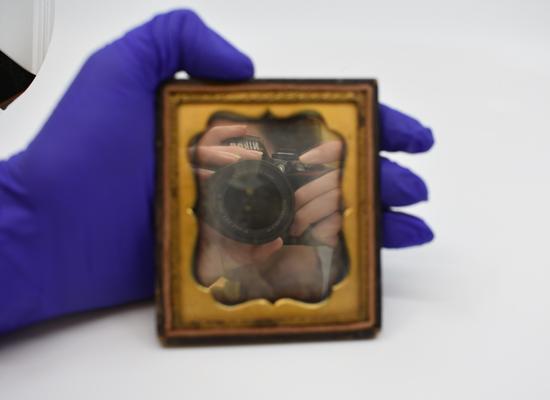
What's in that box?
Summer Surprises at the Lennox and Addington County Museum and Archives
What a summer it has been! One of my goals for this summer was to process and preserve archival records that were in need of some conservation attention. The first project that caught my eye was a large box of seventy-two daguerreotype, ambrotype and tintype photographs that were donated to the Archives in the early 1970’s. The small photographs range in date from the 1840 – 1870’s and require secure storage due to the original casing of each photograph.
After housing each small photograph into acid free boxes with foam support, I created descriptions for the photographic records on our Past Perfect Online Database. For example, an ambrotype of Alzina Brown from [1865] which measures 6.3 x 7.6cm which you can view on our online database. The majority of the photographs in the oversized box were ambrotypes, which similar to daguerreotypes, have a reflective mirror surface from the wet collodion negative process which makes photographing the items a little tricky!
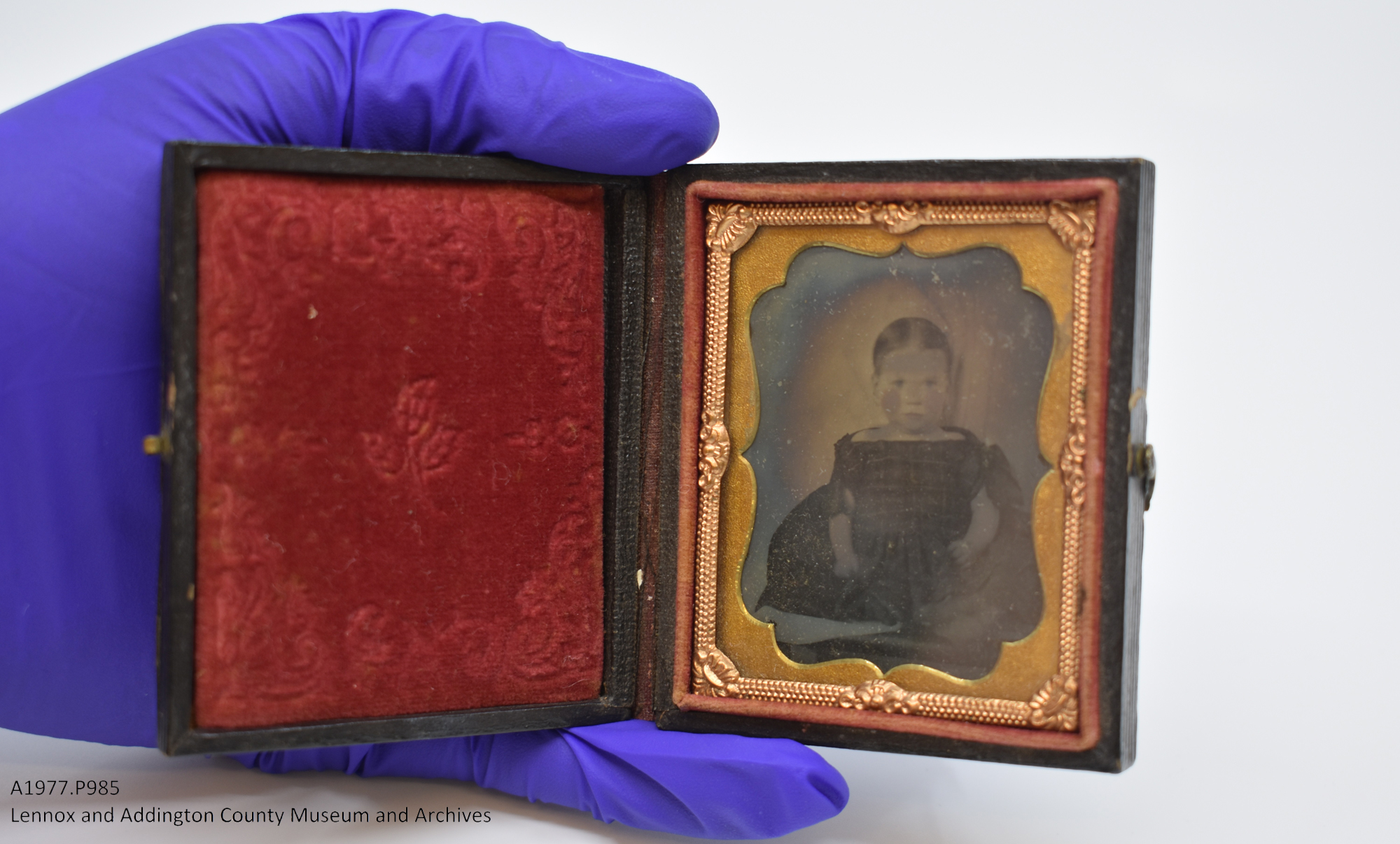
Once I created descriptions and attached images to the new records for the database, I printed copies of the photographs to place on the exterior of the boxes to help identify the items which will help the wear and tear on the original records over time (please see below).
Check out the daguerreotypes, ambrotypes and tintypes recently added to our Past Perfect Online Database by searching in Advance Search or the Random Images Tab!
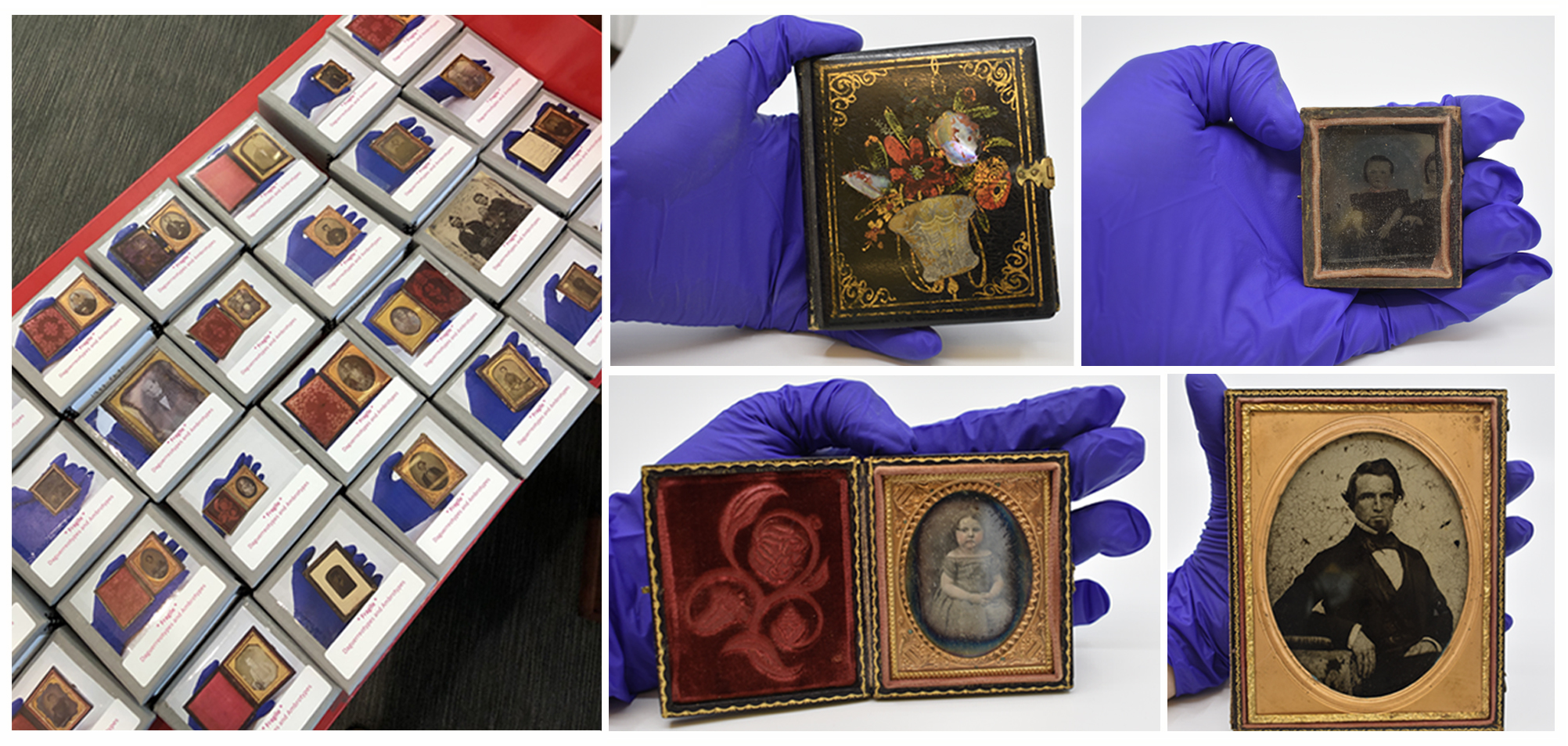
Examples of photographs added to Past Perfect Online from this project and a behind the scenes look at how we preserve daguerreotypes, ambrotypes and tintypes!
New Favourites
I remember learning about ‘spontaneous discovery’ in my Masters in Library and Information Science program. Although the principle applies more to discovering a new book on a library shelf, I am always reminded of ‘spontaneous discovery’ when I accidentally stumble across exciting archival records I haven’t seen before. Here are some of my new favourite records I digitized this month!
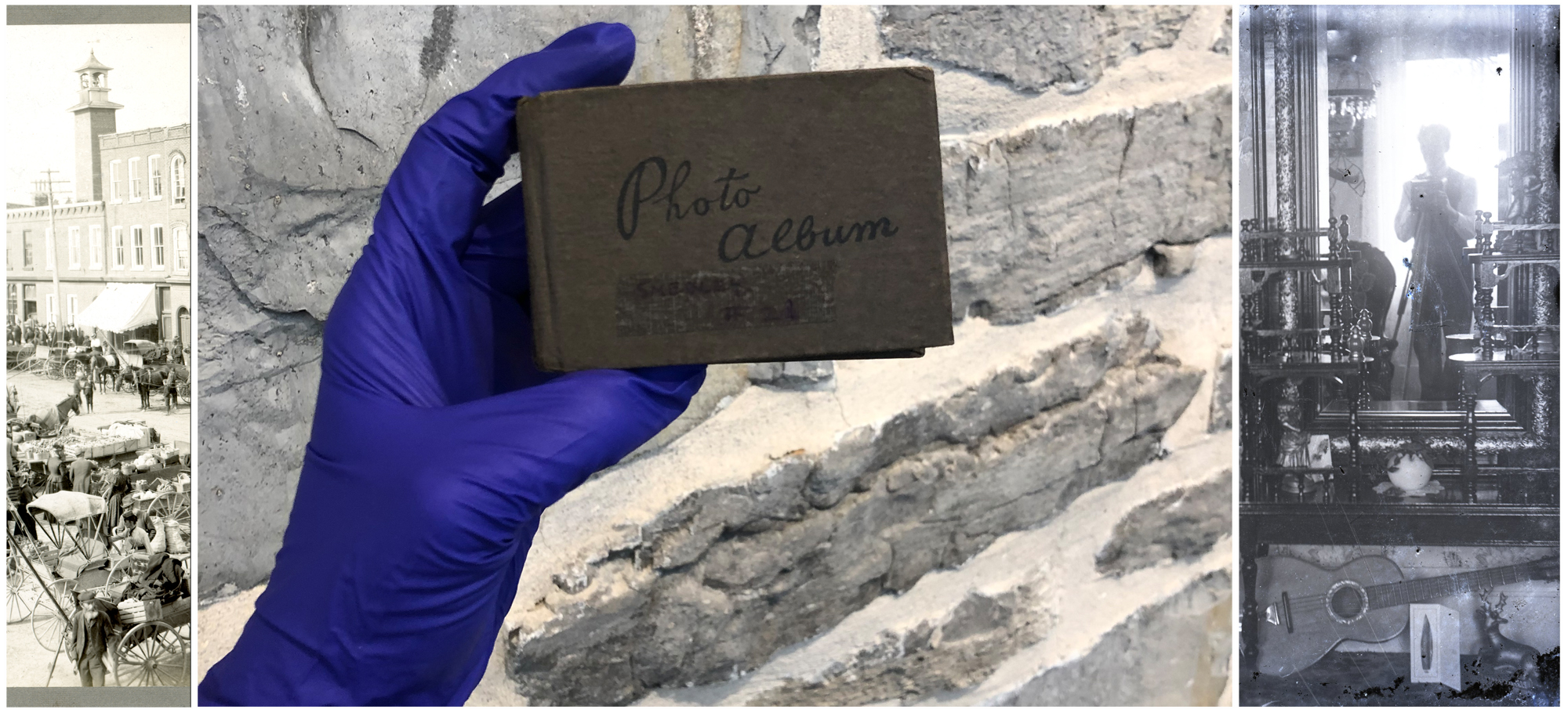
Left – Detail of N-00425 - Market Square, Napanee, [1906], photograph by A. C. Clarke, Lennox and Addington Historical Society Photograph Collection.
Centre – 1976.PA.18 – Small photograph album from the Unidentified Photograph Album Project, [191-].
Right – Detail of A1986.066.13 – Interior of a living room with the photographer visible in the mirror, Frederick S. Scott Photograph Collection, [190-].

Top – 1976.PA.18 – Beach Panorama, [192-].
Bottom – 1976.PA.18 – Ship in [Manitoba], [192-].
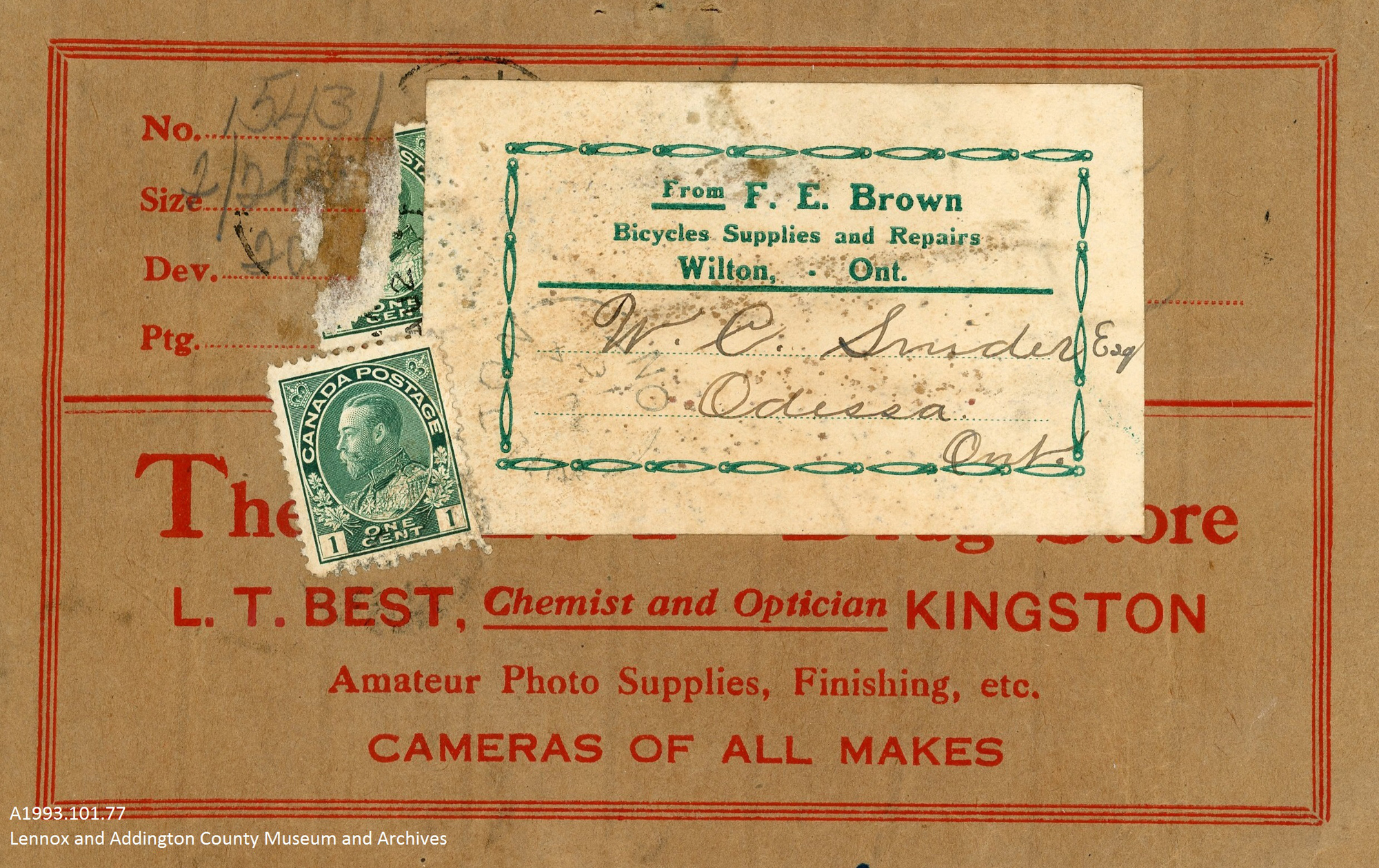
A1993.101.77
Envelope from Fred Brown to W. C. Snider of Odessa, originally housed glass plate negatives, Snider Family Photograph Collection.
Unidentified Photograph Album Project
This summer we welcomed a summer student from McGill University to help us tackle some of our unidentified photograph albums. In an effort to try and describe new content for our online database, our summer student described forty-three photograph albums containing 2260 photographs from the 1870’s – 1920’s. We will be digitizing the photograph albums to help provide access to the photographs and to help with the identification of the people in these amazing albums. Stayed tuned for the digitized photograph albums which will be available on our Past Perfect Online Database!
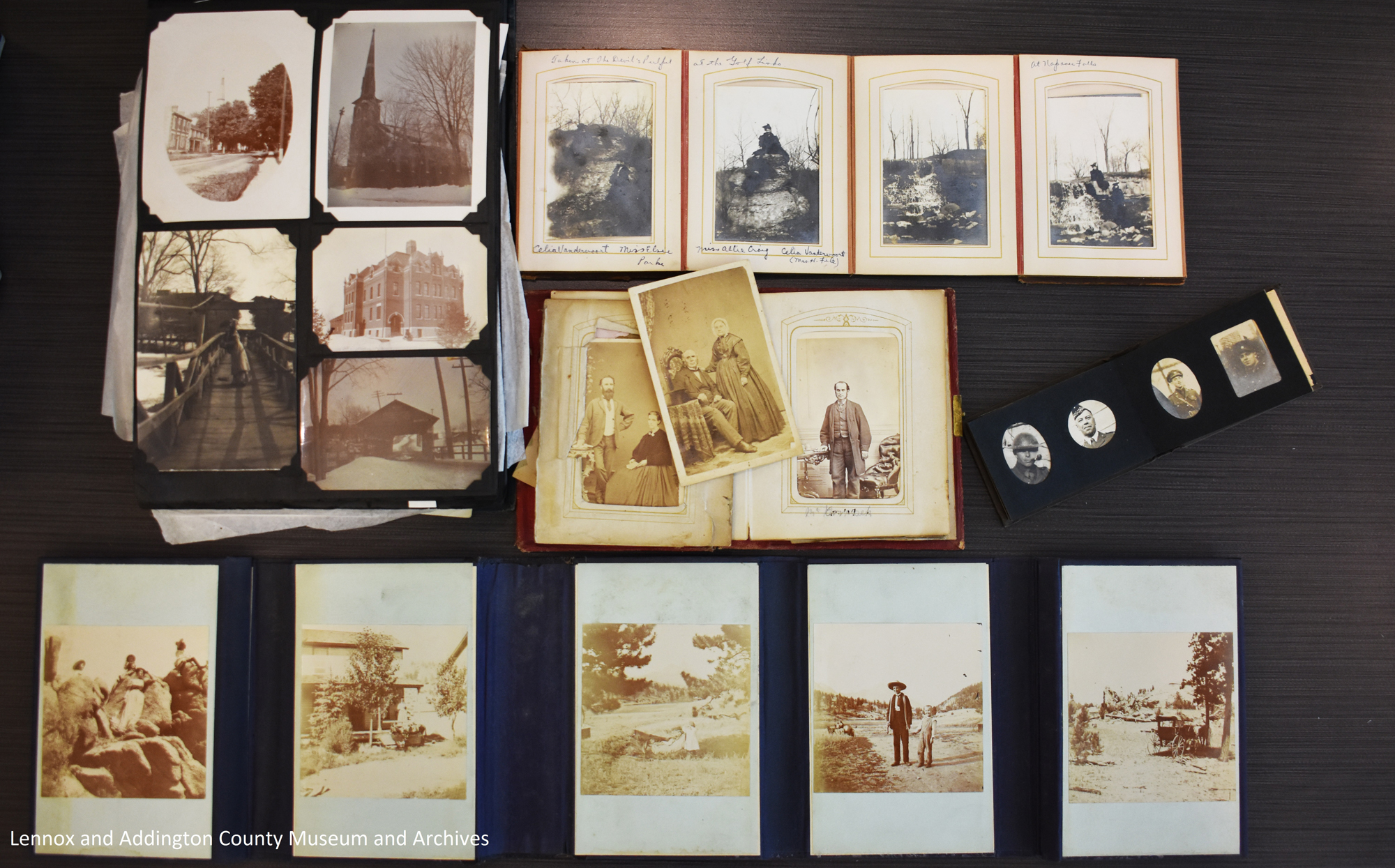
Example of photograph albums from the Unidentified Photograph Album Project.
Frederick S. Scott Photograph Collection
Another collection I digitized this month was the Frederick S. Scott Collection (A1986.066). Frederick S. Scott was born on September 7th, 1874 in Napanee to Matthew Scott (a Mason) and his wife, Amelia.
Frederick Scott married Ruth Harmer (who was also born in Napanee) on October 5th, 1896 in Kingston. Frederick and Ruth lived with their four children Letha (born December 11th, 1897), Clarence (born August 21st, 1899), Donald (born 1902) and Dorothy (Born 1906) on 9 West Street in Napanee. Frederick worked in Napanee as a barber and as an amateur photographer.
The Frederick S. Scott collection consists of thirty-nine glass plate negatives dating from 1890 – 1910 and provide a glimpse into what life was like in Napanee at the beginning of the 20th century. The glass plates are in great condition and provided wonderful scans which can be seen on our Past Perfect Online Database.

Collection of images from the Frederick S. Scott Collection (A1986.066) and photographs taken during the digitization project.
Which image is your favourite? Let us know!
Digitizing glass plate negatives is still one of the best parts of my job! Glass plate negatives were first introduced in the 1850’s and were used before photographic film. The most popular type of glass plate negatives were collodion wet plate glass negatives (which were used from 1850 till 1885) and gelatin dry plate glass negatives (which were used from 1880 till 1920).1 The different types of glass plate negatives refer to how chemical emulsion on the glass reacts to light when a photograph is taken.2 Although glass plate negatives require specialized care for long term preservation, they provide remarkably clear images. As one can imagine, they are quite delicate which is why when I come across a collection of glass plate negatives, I am always excited to work with them and understand the life that the glass plates have had.
Snider Family Photograph Collection
Accessioned to the Archives in 1993, the glass plate negatives from the Snider Family Photograph Collection (A1993.101) are an interesting collection of photographs of Snider family members and individuals from the Odessa area from the beginning of the 20th century. The collection consists of over sixty glass plate negatives (some of the glass plate negatives are as big as an 8 ½ x 11 inch piece of paper!) and twenty film negatives that document everyday life in Napanee and Odessa. The digitized glass plate and film negatives can be seen on our Past Perfect Online Database.
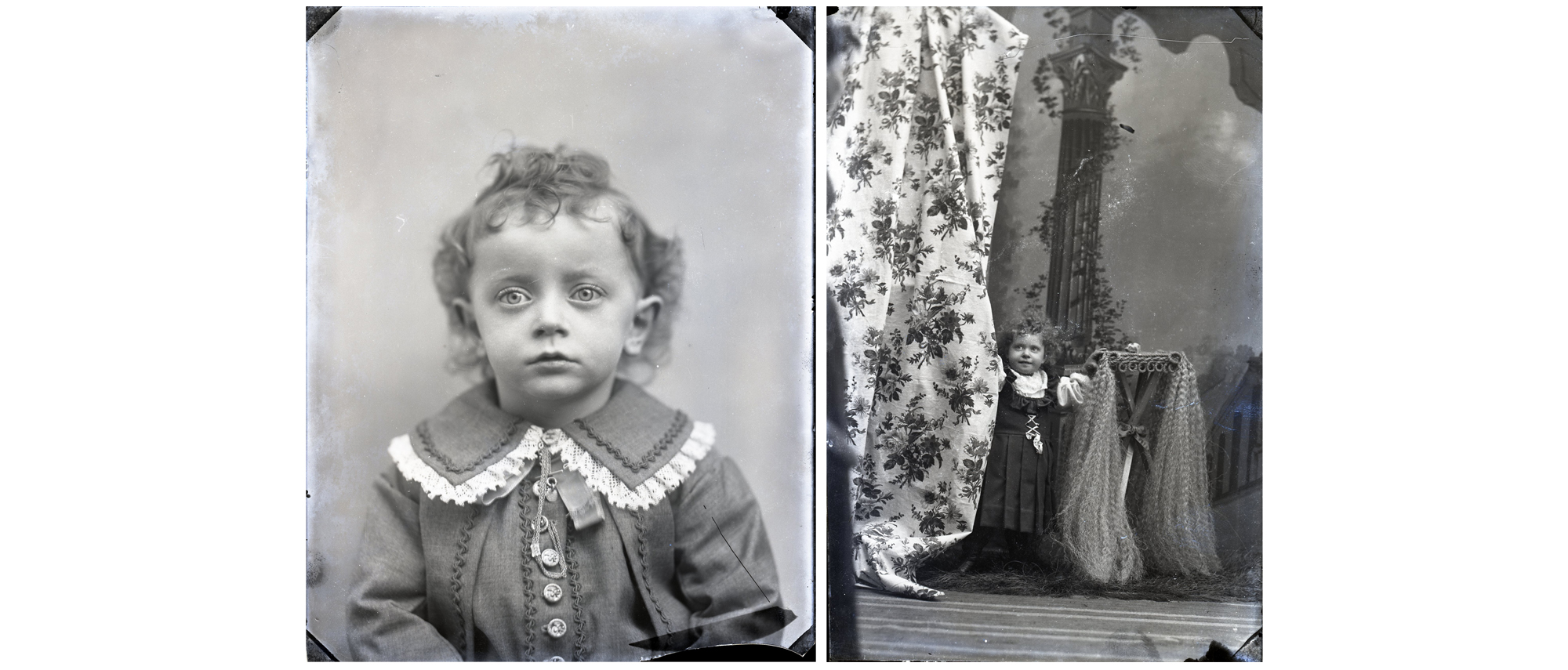
Left – 1993.101.11 – Unidentified child, Snider Family Photograph Collection, glass plate negative, [189-].
Right – 1993.101.33 – Unidentified child in front of a photograph backdrop, Snider Family Photograph Collection, glass plate negative, [189-].
The photographs from the Snider Family Photograph Collection contain an assortment of painted photographic backdrops which were common in early photography. My favourite part of photographic backdrops is looking at what was behind the backdrops (as seen below). It is unclear who the original photographer of these glass plate negatives was, but it is interesting to see the strong connection of the Snider family of Odessa.
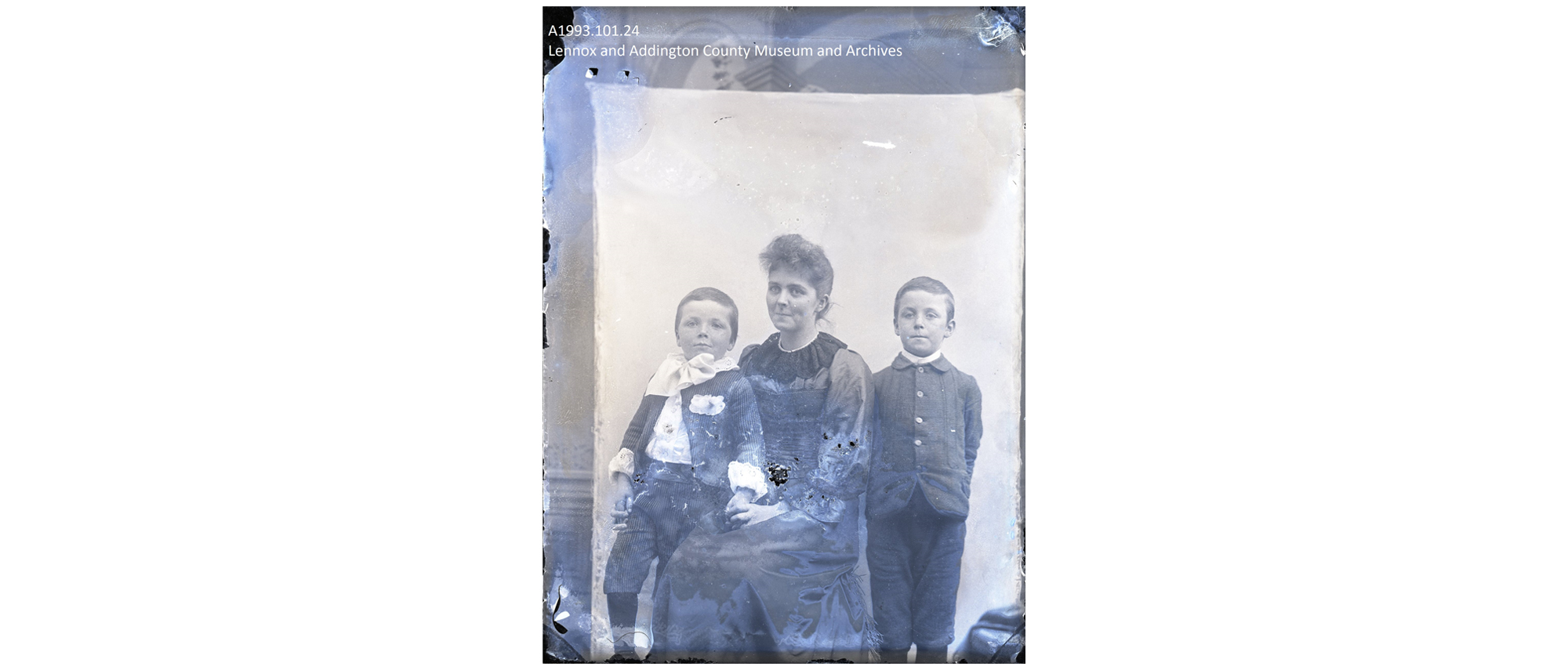
One surprise from this collection was A1993.101.60 which had a letter wrapped around the glass plate negative (please see below). The letter (which is heavily damaged) was addressed to Charles Snider Esquire, Thorpe, Ontario from [Sidney White].
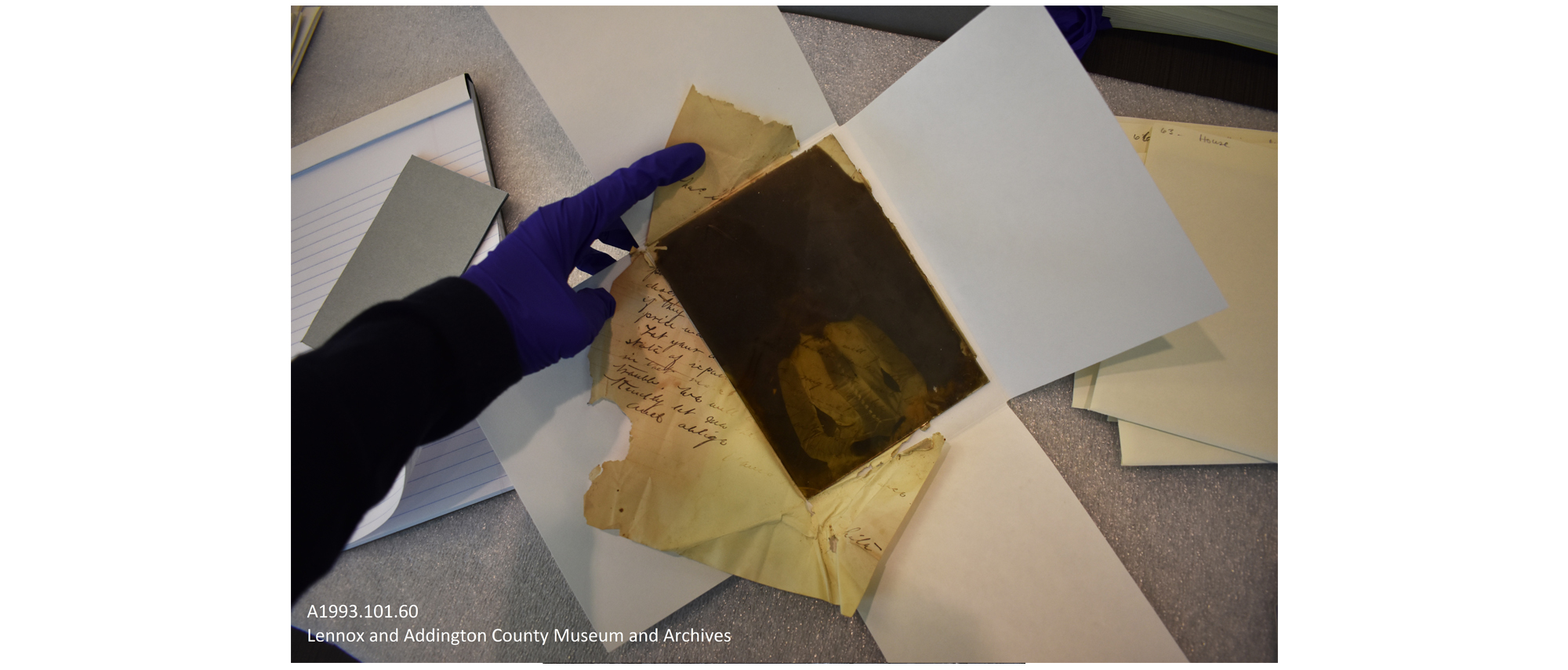
The section of the letter that is free from the negative reads: "Dear sir, I understand that you have a creamery for sale. I am in the point of beginning. If you will give a description of your separator, vats, etc."

Collection of images from the Snider Family Photograph Collection (A1993.101) including one of the 20 x 25cm glass plate negatives!
Stay tuned!
As the summer is winding down (I can’t believe it is almost September!) I am turning my focus towards digitizing archival records to help provide greater access to history and preserve records in our collection. Digitization allows people from across the world to access records in our collection and gives us an opportunity to preserve records for future access. Let us know what type of records you would like to see digitized! Stay tuned for more digitized photographs and historical records which will be coming in the fall! 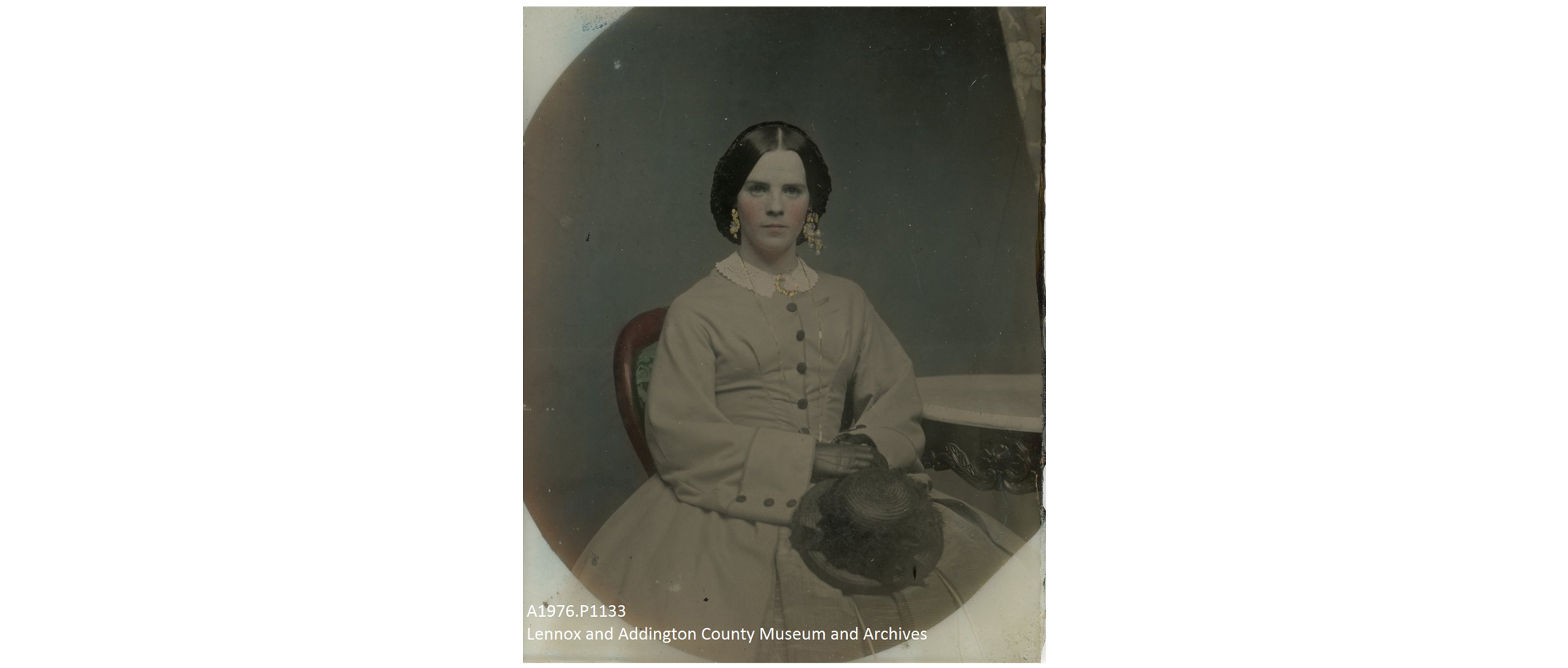
References
1. History of Photography Technology, Library of Congress, 2018.
2. The Preservation of Glass Plate Negatives, Greta Bahnemann, 2017.
